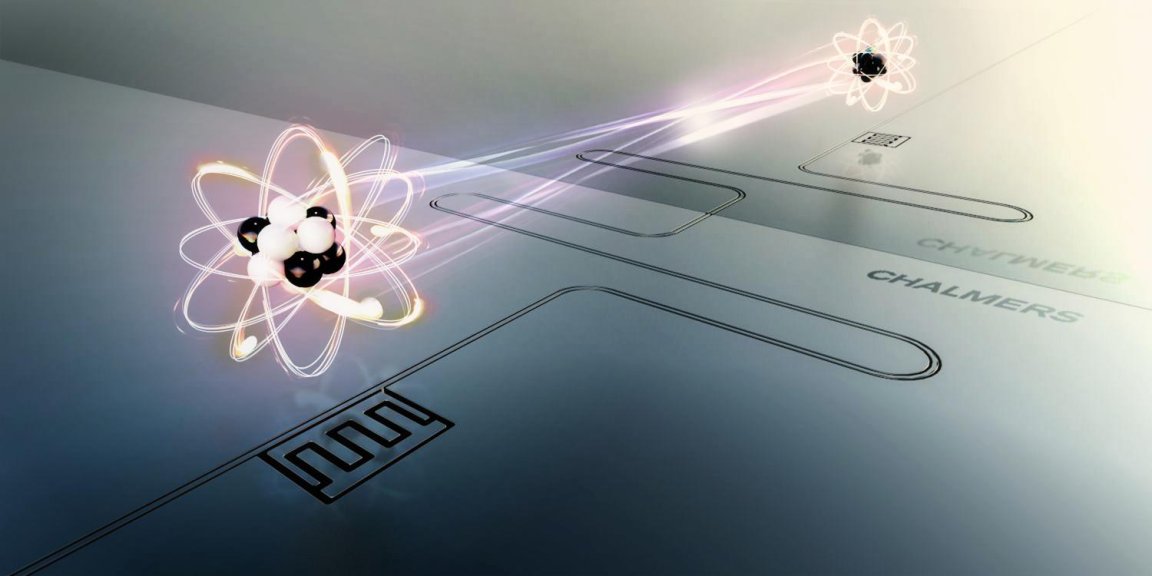
Quantum Networks
Quantum entanglement is really cool. Unfortunately, it’s also really hard to understand. Stanford University explains, “Consider, for instance, entangled electrons. Electrons spin in one of two characteristic directions, and if they are entangled, those two electrons’ spins are linked. It’s as if you spun a quarter in New York clockwise, an entangled second coin in Los Angeles would start to spin clockwise. And likewise, if you spun that quarter counter-clockwise, the second coin would shift its spin as well.”
In essence, it could allow us to transfer “information” instantaneously across vast distances. This would work by establishing a necessary condition of entanglement which is known as “quantum correlation” to associate photons to electrons, so that the photons can act as the messengers of an electron’s spin. Hypothetically, we could use quantum entanglement in communication and other technological applications. The video below explains a little more about how entanglement works.

Now, researchers from Stanford have set the record for quantum entanglement over long distances by correlating photons with electron spin over a distance of 1.93 kilometers (1.2 miles), representing another leap towards building quantum networks.
Scientists are looking to quantum networks as the next big step in communication. Indeed, the Stanford physicist says that this research is a notable breakthrough in such forms of communication: “Electron spin is the basic unit of a quantum computer. This work can pave the way for future quantum networks that can send highly secure data around the world.”
In short, with additionally research, this work could allow two quantum supercomputers to communicate securely without fear of spying or hacking.
Quantum Entanglement in the Works
The difficulty of creating these networks over long distances stems from the photon’s tendency to change the orientation of its electron spin as it travels along optical fibers. This orientation is vital in maintaining a connection between entangled electrons, since entangled electrons that are separated by a certain distance rely on these messenger photons to establish the condition of entanglement which, as previously mentioned, is also called quantum correlation.
The university explains the work in the following: “Photons can have a vertical or horizontal orientation (known as polarization), which can be referenced as a 0 or a 1, as in digital computer programming. But if they change en route, the connection to the correlated electron is lost. This information can be preserved in another way [the team] created a time-stamp to correlate arrival time of the photon with the electron spin, which provided a sort of reference key for each photon to confirm its correlation to the source electron. To eventually entangle two electrons that had never met over great distances, two photons, each correlated with a unique source electron, had to be sent through fiber optic cables to meet in the middle at a ‘beam splitter’ and interact.”
Read more in the Stanford release, check out the article in Nature Communications or see the previous work (where Stanford physicist Leo Yu entangled photons with electrons through fiber optic cables over a distance of several feet) that led to this find.